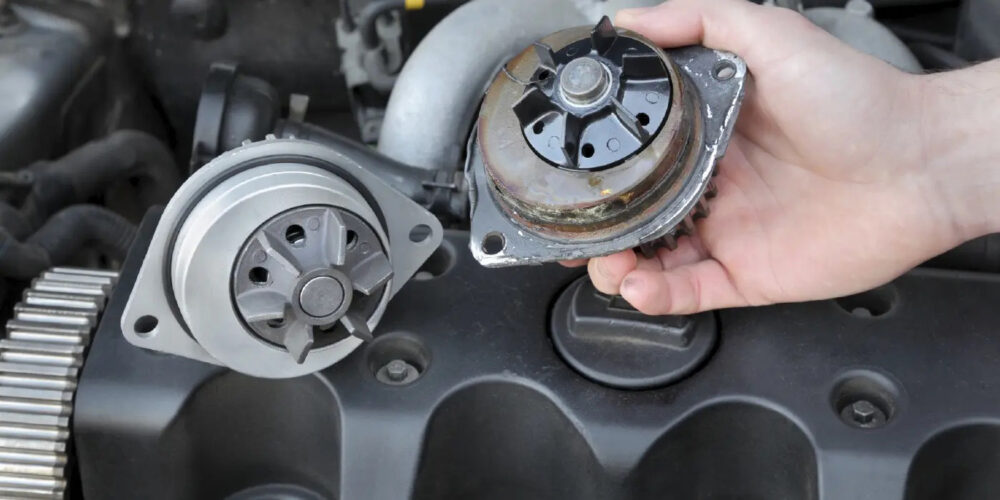Sample Review Questions:
1. Crankcase blowby vapors are eliminated by which of the following emission control devices:
a. EGR system
b. EVAP charcoal canister
c. Catalytic converter
d. PCV system
2. Counterman A says a defective EGR valve will cause exhaust hydrocarbon (HC) emissions to increase. Counterman B says detonation (spark knock) is a common symptom of a defective EGR valve. Who’s right?
a. Counterman A only
b. Counterman B only
c. Both Counterman A and B
d. Neither one
3. Counterman A says the upstream oxygen sensor provides a feedback signal for controlling the engine’s air/fuel mixture. Counterman B says a downstream oxygen sensor is used to monitor evaporative (EVAP) emissions. Who’s right?
a. Counterman A only
b. Counterman B only
c. Both Counterman A and B
d. Neither one
4. What is the federal emissions warranty requirement for aftermarket replacement catalytic converters?
a. 2 years/24,000 miles
b. 3 years/36,000 miles
c. 5 years/50,000 miles
d. 8 years/80,000 miles
ANSWER KEY
1D, 2B, 3A, 4A
EXPLANATIONS:
1. The Exhaust Gas Recirculation (EGR) system reduces oxides of nitrogen (NOX) emissions. NOx is formed in the combustion chamber at high temperatures. The EGR system has a load-sensing valve that opens when the engine is under load. The EGR valve opens a port between the intake and exhaust system that allows a small amount of exhaust to be pulled back into the intake manifold. This dilutes the air/fuel mixture to lower combustion temperatures and reduce NOx.
The Evaporative Emission Control (EVAP) system prevents fuel vapors from the fuel tank and fuel system from escaping into the atmosphere. Fumes are vented to a charcoal-filled storage canister to be reburned later in the engine when the canister purge valve opens.
The catalytic converter reduces Hydrocarbons (HC), Carbon Monoxide (CO) and NOX in the exhaust. It is an after-treatment device mounted in the exhaust system.
The Positive Crankcase Ventilation (PCV) system recirculates blowby vapors from the crankcase back into the intake manifold so the vapors can be reburned inside the engine. PCV prevents engine blowby vapors from escaping into the atmosphere. It also helps remove moisture from the crankcase to prolong oil life and prevent the formation of engine-damaging sludge. The PCV valve is usually located in a valve cover, and is attached to the intake manifold by a large vacuum hose.
2. A defective EGR valve may cause NOX emissions to increase, but it has no effect on HC emissions.
Loss of EGR can cause an increase in NOX, as well as a rise in combustion temperatures. This can increase the risk of engine-damaging detonation (spark knock) when the engine is under load. Spark knock produces a rattling or pinging noise when accelerating.
3. The upstream oxygen sensor is mounted in the exhaust manifold, and monitors oxygen levels in the exhaust. The Powertrain Control Module (PCM) uses the O2 sensor feedback signal to control the air/fuel mixture.
On 1996 and newer vehicles, a downstream O2 sensor mounted in or behind the catalytic converter is used to monitor catalyst efficiency.
4. Federal law requires aftermarket replacement converters to have a 2-year/24,000-mile emissions warranty. The federal requirement for new converters on new cars is 8 years/80,000 miles.
Sections covered:











